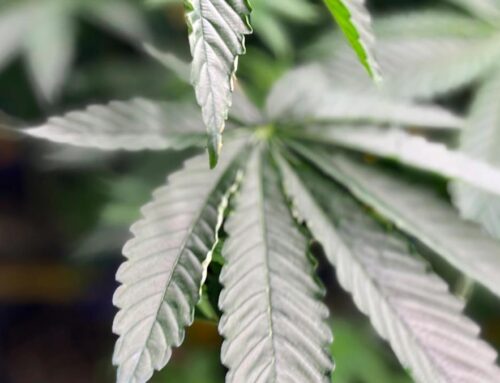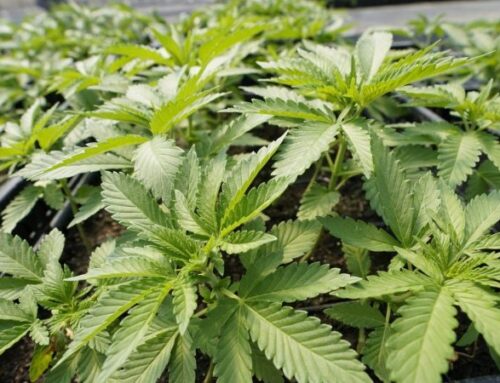An Overview of Micro-Renewables and Community-Based Energy
April 8, 2025
CRISIS – Viability of Life on Earth


As billions of individuals lack electricity worldwide, micro-renewables such as small turbines and rooftop solar are powering a silent revolution. Not only are these miniature power plants eliminating poverty, but they are also building resilience in communities from Lagos to London.
—
Microgeneration refers to the production of energy on a small scale by small businesses, communities, and domestic households. It is often conducted where the energy is needed, increasing efficiency and avoiding the expense of distribution.
Some examples of microgeneration technology include micro wind turbines, solar panels, and hydroelectric. Each system converts natural energy sources such as sunlight, wind, and running water into usable electricity. The beauty of microgeneration lies in its twin benefits: economic savings and sustainability. While the initial outlay for fitting equipment like solar panels or windmills can be prohibitive, such an investment will pay dividends in reduced bills and the possibility of making money from excess power that can be fed back into the grid under systems like the Feed-In Tariff or Smart Export Guarantee.
Microgeneration offers a vital solution to energy poverty, a constraint to increasing health care, education, and economic opportunities in the developing world. Access to reliable electricity is a human right, and microgeneration technologies like solar home systems and mini-grids deliver critical power without contributing to greenhouse gas emissions.
Established in 1990, the Solar Electric Light Fund (SELF) is a non-profit charity that works to bring solar power solutions to poor communities around the world. By providing a reliable source of renewable energy, SELF has raised the standard of living and created new economic possibilities. Solar energy, especially, has been a significant factor in reducing poverty, as evidenced in China, where extensive solar installations have increased the income of thousands of households substantially.
Community microgrids have the potential to improve standards of living by offering safe, clean energy options for neighborhoods, villages, towns, and cities. Due to their character, these types of projects take longer to develop than institutional or commercial ones, but successful implementations can significantly contribute to community resilience and energy self-sufficiency.
A prime example can be seen in Brooklyn, New York, where blockchain technology is used to manage community microgrids. This new approach ensures a reliable power supply and promotes local energy generation and usage, thereby improving the overall energy security of the community. The growth of low-cost, small-scale renewable energy systems such as rooftop solar panels is reshaping energy landscapes globally by decentralizing energy ownership and community empowerment.
Microsoft researchers are working with communities to discover ways artificial intelligence (AI) can assist in keeping low-carbon energy accessible. AI-optimized microgrids make communities more resilient by providing assured access to clean energy, especially in areas where conventional energy systems are likely to be disrupted by natural disasters, cyberattacks, or grid outages.
Combining AI and blockchain technology in microgrids enables predictive maintenance, autonomous energy trading, and optimized power distribution, making them more efficient and cost-effective. For instance, an AI microgrid enabled by blockchain can automatically monitor and confirm energy transactions among homes with solar panels, ensuring transparency and equitable distribution of energy. This makes energy solutions more sustainable and resilient for communities.
Such advanced microgrids are also bound to be a beginning point for larger implementation models, paving the way for more adaptive and green-based energy infrastructure solutions in urban as well as rural areas.
Local energy communities are bottom-up, citizen-driven initiatives comprised of citizens, small businesses, and local institutions that come together to produce, manage, and distribute renewable energy. These communities play a significant role in uplifting clean energy around the globe. These community-based energy projects, which can be initiated by citizens, small businesses, cooperatives, and local associations, utilize renewable technologies, reduce inefficiencies, provide stable supplies of power, save on energy costs, and provide local job opportunities. As a result, they are being considered as viable solutions for developing more inclusive and equitable energy systems.
Citizen participation in renewable energy programs can have the ability to create significant socio-economic gains for local communities. The International Renewable Energy Agency has documented 11 renewable energy projects globally that are marked by best practices and the socio-economic advantages for societies, indicating how community engagement in energy projects enhances positive attitudes towards renewables and propels the energy transition.
More on the topic: Power to the People: An Overview of Community Energy
The growing popularity of community-based energy projects suggests that increasing citizen participation and ownership in renewable initiatives could hasten the transition to sustainable energy systems while also addressing social and economic inequalities, something policymakers and energy planners should take note of.
Unsurprisingly, energy communities are also vital in tackling climate change. By generating and consuming their energy, these communities spur local development and are central to the global energy transition.
In several African countries, including Ghana, Kenya, Madagascar, Malawi, Mozambique, Nigeria, Rwanda, Senegal, and Uganda, mini-grid initiatives supported by grants from the Universal Energy Facility have been able to electrify homes and enterprises through clean and sustainable electricity. These schemes use solar and storage technologies to replace dirty generators, improving access to energy and allowing sustainable development. This is expected to increase community participation in renewable energy programs, thereby contributing to local economic development while also reducing carbon emissions.
The success of mini-grid programs in African countries demonstrates that with sufficient support and infrastructure, energy communities are strong energy access as well as sustainability drivers.
Various government policies and systems of regulation have been utilized by governments globally to effectively promote the use of microscale renewable energy technology. Apart from promoting the use of renewable energy, they also have a critical role in eradicating poverty by providing poor communities with accessible and reliable energy solutions.
One effective approach many nations have adopted is setting renewable energy targets, which allow governments to establish a straightforward mission and commitment towards transitioning to cleaner energy resources. These objectives not only show the dedication of the government towards clean energy but also encourage investment and innovation in the field of renewable energy.


In the US, national clean energy policy has progressed exponentially through Biden-era bills such as the Inflation Reduction Act and the Infrastructure Investment and Jobs Act, which have brought significant investments to encourage the adoption of renewable energy technology.
In addition, the Farm Bill, which funds various agricultural initiatives, has also contributed towards the growing interest in clean energy. The US Department of Energy has continuously issued grants and funding to advance clean energy projects – although these efforts have been radically reversed by the new Trump administration.
Such efficient government policies of developed countries can be applied to the context of developing countries in order to enable them to become effective tools of poverty alleviation. For instance, India’s Renewable Energy Policy establishes state-level targets for solar and wind energy, which trigger investment in locally viable renewable projects. Kenya’s Last-Mile Connectivity Program, subsidized by the government and backed by foreign grants, has also accelerated rural electrification by expanding small-scale solar and mini-grid projects.
Developing nations can set ambitious renewable energy targets and utilize dedicated funding mechanisms to enhance energy access for marginalized communities and stimulate economic development by undertaking such programs.
Governments also need to collaborate with international agencies and NGOs to acquire technical expertise and finance for effective implementation. Capacity building and training programs for the local community and workers will also be required to ensure these renewable energy projects are long-term, sustainable, and effective.
The best practices in working together include multiple strategies designed to address the diversities and complexities of these initiatives. A visible practice is facilitating interagency collaboration to deal with cross-cutting issues such as climate change and energy security.
The US Government Accountability Office has identified best practices for effective collaboration that can enable the alleviation of fragmentation, overlap, and duplication. These include presidentially appointed coordinators, co-location of agencies within one building, and interagency task forces to bring policymaking, program implementation, and information sharing together.
Microscale renewable energy solutions represent a paradigm shift in addressing energy poverty and encouraging sustainable development, particularly for poor communities throughout the world. Through the implementation of technologies such as solar panels, micro wind turbines, and hydroelectric systems, microgeneration not only provides clean, reliable electricity but also supports the economic and social empowerment of communities.
Case studies like blockchain-based microgrids in Brooklyn and mini-grid schemes in African nations demonstrate the practical benefits of these systems, including greater resilience, energy independence, and local jobs. The integration of advanced technologies like AI and blockchain can make these solutions more scalable and efficient, paving the way for broader application.
Government policy and collaboration are essential to push this green economics agenda. Effective regulations, renewable energy targets, and funding mechanisms provide microgeneration schemes with the institutional spine that they need. Equally important is collaboration between governments and communities, ensuring the schemes are adapted to local circumstances, gaining confidence and participation.
With the integration of technological innovation, supportive policies, and local action, microscale renewable energy technologies represent a powerful vehicle for poverty alleviation and environmental sustainability.
Our non-profit newsroom provides climate coverage free of charge and advertising. Your one-off or monthly donations play a crucial role in supporting our operations, expanding our reach, and maintaining our editorial independence.
About EO | Mission Statement | Impact & Reach | Write for us
Tagged:
clean energy community energy energy policy energy transition micro-renewables Renewable Energy
Search
RECENT PRESS RELEASES
Related Post






